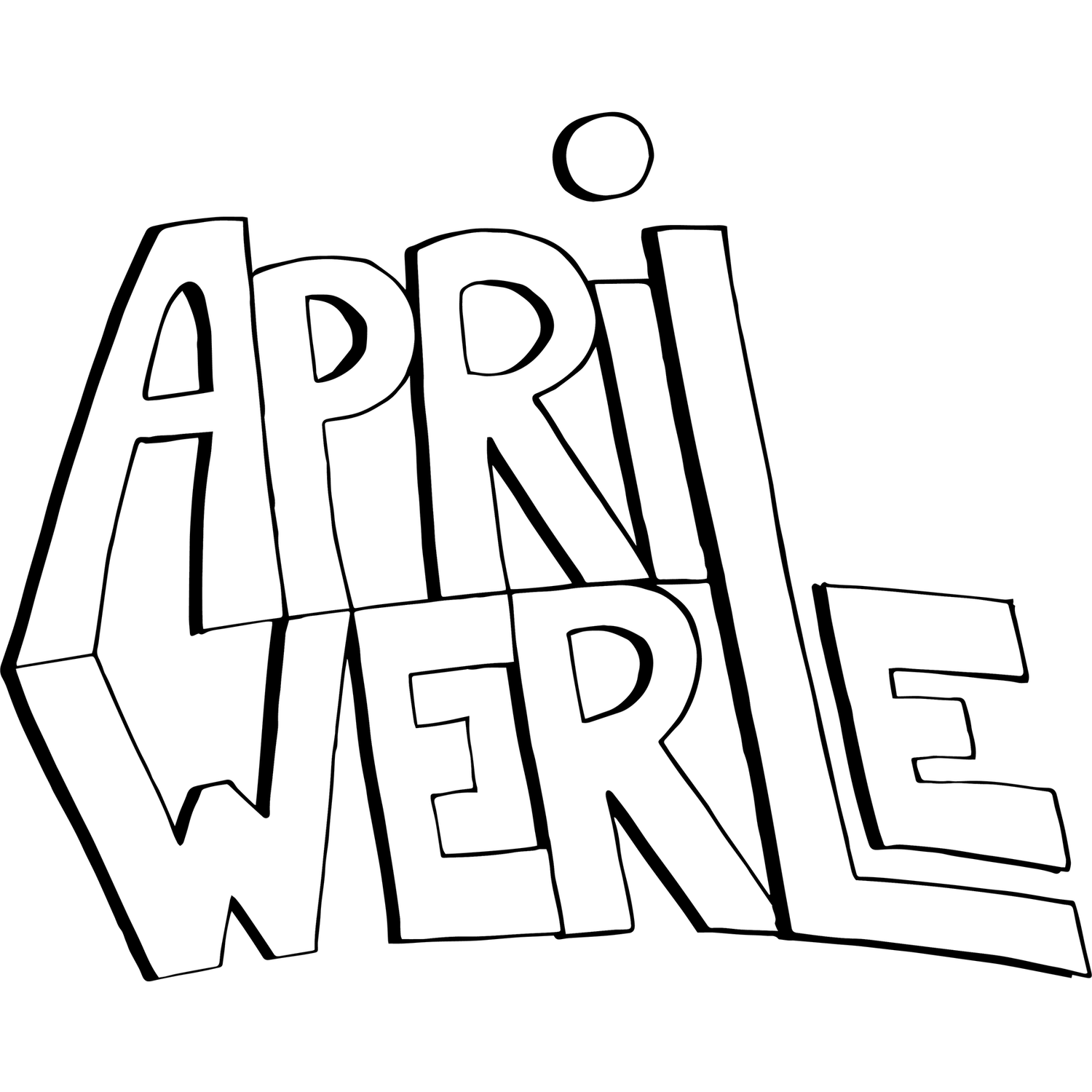What it’s like Being in a Multicultural Relationship
“I’ll save the forks for you.”
Acrylic and stain on wood panel
40 x 30 in
In the Knights of Columbus in Helena, Montana, you may just find yourself at a Filipino party.
The event space will be lined with tables full of lumpia, egg rolls, siopao, pancit, fried rice, regular rice, two or three types of adobo, leche flan, biko, and of course so much more.
One corner of the room will be commandeered by wrapped presents, sitting there eagerly to be awarded to the game winners.
One corner will be commandeered by speakers, the MC for the night, and whichever FilAm kid that got coerced into DJing.
In another corner you’ll find the husbands.
The night begins with socializing. The food tables fill up as families arrive.
Performances begin once everyone has their food. If I can remember correctly, it begins with a hula performance, the lights turn off for the Pandanggo sa Ilaw (the candle dance), then lights turn back on for the Tinikling (the dance with the bamboo poles).
The games begin.
Each party we play the newspaper dance. The DJ plays music while you and your partner dance around a sheet of newspaper. When the music stops, you jump on the newspaper. Between each round, the paper is folded. If you step off you are eliminated. You have an advantage if one partner can be picked up.
And then there are musical chairs. We all know how this one works. The kids play first, then the adults. If a husband joins in, the laughter and cheering increases tenfold.
The games are loud and the belly-laughs contagious. Everyone is beaming.
The winners rejoice with their newly won presents, and everyone cheers them on.
At this point in the night, some of the FilAm kids have slinked away. Some of the husbands have as well. Only the community members that live for the party, stay to dance.
My family always danced.
These were no informal occasions. We bought new outfits for each party, my ma slaved away in the kitchen the entire day. My little sister and I gave our hair and makeup extra attention.
Every Filipino family in the area was expected to be there. These were the parties to be seen at.
As we got older, we were allowed to bring friends. When we got even older, we were allowed to bring our significant others.
“Does this bother you?”
Acrylic and stain on wood panel
24 x 24 in
When I was 15, I brought a boyfriend to our Christmas party.
Immediately he began whispering in my ear while making faces:
“God everyone is SO loud.”
“Wow, look at their plates. That is so gluttonous.” Which is by the way, how I learned what gluttonous means.
Surprisingly, his comments did not turn me away from him. They turned me towards him and away from myself.
With his words, I became too self aware. Suddenly the party was a fever dream. The loud laughter that spread joy around the room was obnoxious. The piles of food on everyone’s plate was no longer a celebration of labor, but a representation of no self control.
I looked down at my own plate, and saw a mountain I was embarrassed of. I caught myself laughing and immediately brought my volume down.
This was the first party he came to, and I invited him back to many. Over time my embarrassment of myself grew, and I stopped going to Filipino parties.
With my next boyfriend, I was more careful. I prevented further comments by separating my culture from him. My culture was for me. It was something to keep private and protect.
Over time this created a division within myself.
“We can send money home.”
Acrylic and stain on wood panel
40 x 30 in
When I turned 24, I met my current partner. We met right before covid, and quarantine made us a quick couple.
“I guess you’ll have to move in or I don’t know when I’ll get to see you,” he said. So of course, I quickly moved in.
One day I dropped my midi ring on the carpet in our bedroom. My ma says I can never find a thing, even if it’s right in front of my face. She’s right.
I called my partner into the bedroom to help me look for my ring. Quickly finding it, he presented it to me with one knee propped up.
We laughed.
It was in this moment that I realized that I had two options here.
I could continue keeping my culture private from my partner—potentially forever, which would ultimately mean saying goodbye to that part of myself.
Or, I could fully open up to him, exposing the parts that I had learned to hide.
I decided with the latter.
My show Secret Life of a Multicultural Couple is a documentation of the last four years. Each painting explores different types of moments while learning how to share culture in a relationship.
There are funny moments, tender moments, and moments of conflict.
What I’ve realized from creating this body of work is that any of these moments can be translated to the two parts of myself—a visualized internal dialogue between my Filipino side and my White side.
I’ve found that learning how to balance culture in my relationship is not at all different from balancing culture within myself.
Secret Life of a Multicultural Couple opens in Denver, April 5th, at Bell Projects.
“This is how you measure rice.”
Acrylic and stain on wood panel
36 x 36 in




